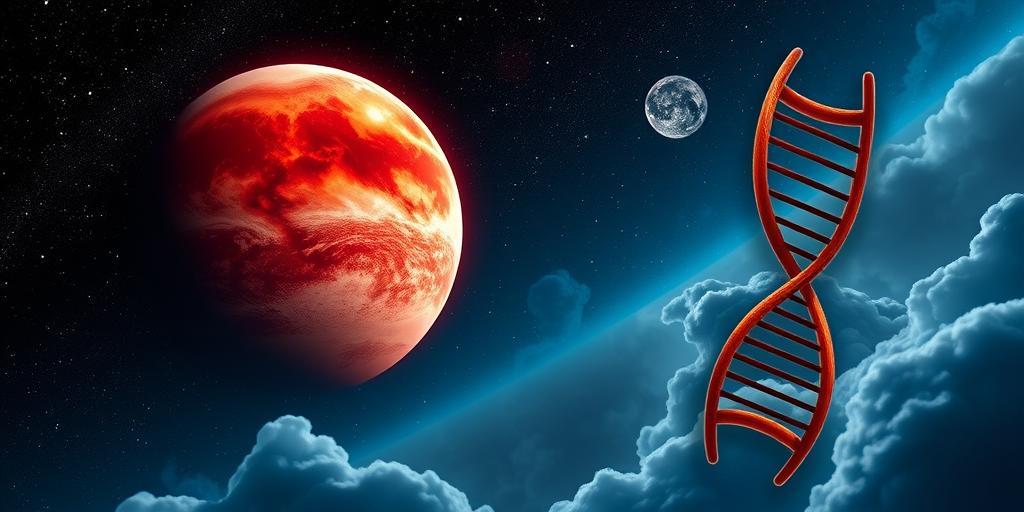Astrobiology is an interdisciplinary scientific field that seeks to answer one of humanity's most profound questions: Are we alone in the universe? It combines the principles of astronomy, biology, chemistry, geology, and other sciences to investigate the possibility of life beyond Earth. This article delves into the core concepts, methodologies, and ongoing research within astrobiology.
What is Life?
Defining life is a fundamental challenge in astrobiology. While we understand life as we know it on Earth, it's possible that extraterrestrial life may exhibit different characteristics. Common features of life include:
- Metabolism: The ability to process energy and nutrients.
- Reproduction: The capacity to create offspring.
- Growth: An increase in size or complexity.
- Adaptation: The ability to evolve in response to environmental changes.
- Homeostasis: Maintaining a stable internal environment.
Habitable Zones:
A key concept in astrobiology is the habitable zone, also known as the Goldilocks zone. This is the region around a star where conditions are suitable for liquid water to exist on a planet's surface. Liquid water is considered essential for life as we know it, as it acts as a solvent for biochemical reactions.
The habitable zone's location depends on the star's size and temperature. Smaller, cooler stars have habitable zones closer to them, while larger, hotter stars have habitable zones further away.
Methods of Investigation:
Astrobiologists employ a variety of methods to search for life beyond Earth:
- Telescopic Observations: Telescopes like the James Webb Space Telescope can analyze the atmospheres of exoplanets (planets orbiting other stars) for biosignatures – chemical compounds indicative of life.
- Robotic Missions: Space probes and rovers explore planets and moons within our solar system, searching for evidence of past or present life. Examples include missions to Mars and Europa (a moon of Jupiter).
- Laboratory Experiments: Scientists conduct experiments to understand how life might arise under different conditions, such as in extreme environments or with alternative biochemistries.
- Study of Extremophiles: Extremophiles are organisms that thrive in extreme environments on Earth, such as hot springs, acidic lakes, and deep-sea vents. Studying these organisms helps us understand the limits of life and where it might be found elsewhere.
Current Research and Discoveries:
Recent years have seen significant advancements in astrobiology:
- Exoplanet Discoveries: Thousands of exoplanets have been discovered, increasing the likelihood of finding a habitable world.
- Biosignature Detection: Scientists are developing more sophisticated techniques for detecting biosignatures in exoplanet atmospheres.
- Mars Exploration: Missions to Mars have found evidence of past liquid water and organic molecules, suggesting that the planet may have once been habitable.
- Europa and Enceladus: These icy moons of Jupiter and Saturn, respectively, are believed to have subsurface oceans that could potentially harbor life.
The Future of Astrobiology:
The search for life beyond Earth is an ongoing endeavor that promises to revolutionize our understanding of the universe and our place within it. Future missions and research will continue to push the boundaries of our knowledge, bringing us closer to answering the ultimate question: Are we alone?









